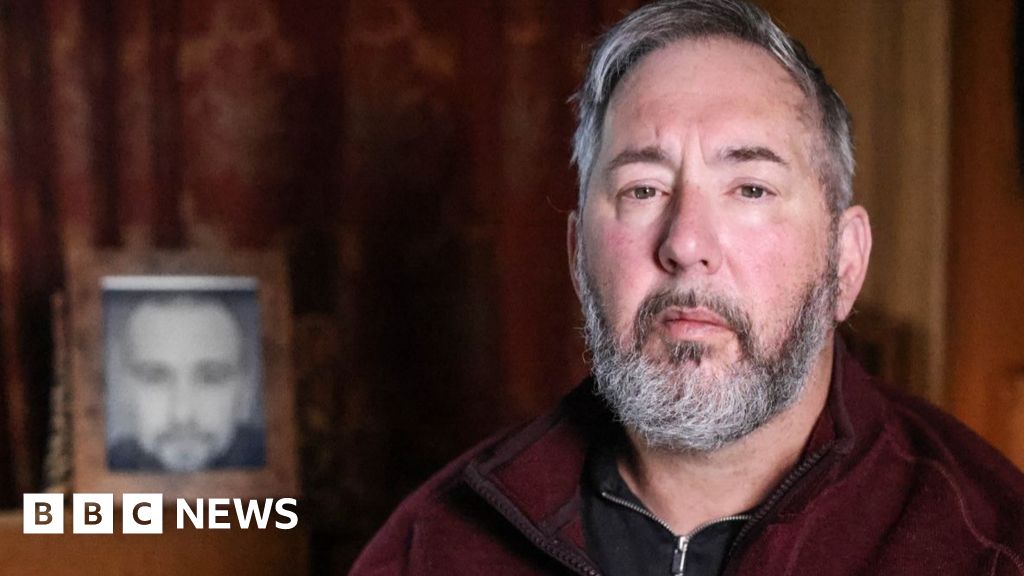
The Digital Afterlife: When Grief Meets Online Exploitation
The internet, a boundless landscape of connection and information, casts a long shadow. While it offers solace and community, it also harbors darker corners, places where grief is exploited and the dignity of the deceased is violated. One such corner is the subject of intense outrage and calls for action from bereaved families across the UK. A website, described as “vile” by those impacted, showcases videos of fatal incidents, often involving their loved ones. These videos are not only deeply distressing but represent a callous disregard for the human cost of tragedy.
The sheer insensitivity of such a site is staggering. The pain of losing a loved one is profound, a journey often marked by waves of grief, anger, and disbelief. To have that pain compounded by the public dissemination of their final moments, available for anyone to view, is a violation beyond measure. Imagine the raw agony, the unimaginable intrusion into the most private and vulnerable of moments. The families affected aren’t just mourning their losses; they’re simultaneously grappling with the digital desecration of their loved ones’ memories.
The impact extends beyond the immediate family. These videos contribute to a culture of morbid fascination, normalizing the trivialization of death and suffering. They can traumatize viewers, particularly children, who may stumble upon them unintentionally. The casual availability of such content risks desensitizing society to the value of human life, a chilling prospect.
Fortunately, there is a growing groundswell of support for these grieving families. Their calls for the website’s closure are not just pleas for personal solace; they represent a broader demand for stricter online accountability. This underscores the urgent need for stronger regulations governing online content, particularly when it involves the exploitation of sensitive material like videos of death and trauma.
The power to remove such harmful content rests, in part, with the regulatory bodies. Ofcom, the UK’s communications regulator, recently received expanded powers to tackle harmful online material. This development offers a glimmer of hope to those who have been deeply affected by this site. While these new powers provide a significant step toward increased accountability, they also highlight the complexities involved in policing the vast expanse of the internet.
The challenge lies in balancing freedom of speech with the protection of vulnerable individuals and the prevention of online harm. While safeguarding freedom of expression is paramount, this must not come at the cost of allowing the exploitation of grief or the normalization of trauma. Striking this balance necessitates a multi-faceted approach. This includes not only robust regulatory frameworks, but also increased public awareness and a greater emphasis on responsible online behavior by individuals and platforms alike.
The fight to remove this “vile” website represents more than a single campaign for justice. It is a crucial step towards establishing a digital landscape that respects the dignity of individuals, even in death. It demands a proactive approach from regulators, platforms, and individuals alike to ensure that the internet, while a space of limitless potential, remains a place where compassion and respect prevail, and the suffering of others is not callously exploited for profit or perverse entertainment. The victims deserve peace, and the fight for that peace must continue.



Leave a Reply